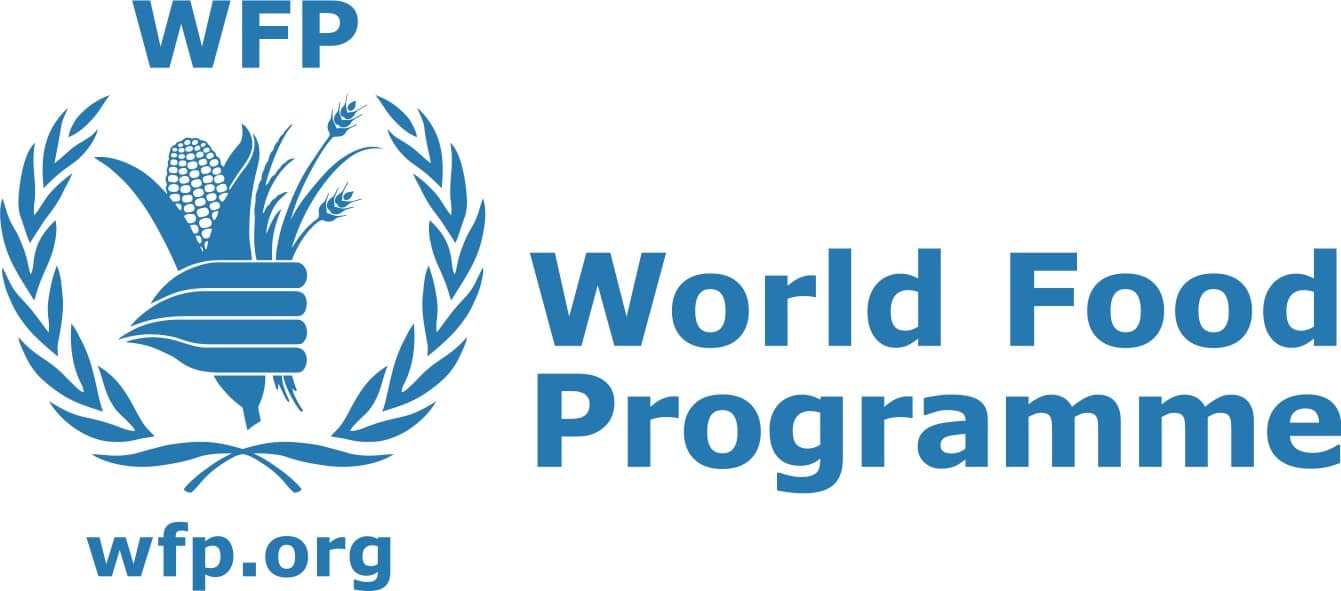With the ongoing survey on local healers by the Department of Traditional Medicine Services (DTMS), the department’s next plan is to register local healers with Bhutan Medical and Health Council (BMHC) by the 12th Five Year Plan (FYP).
However, it is easier said than done.
According to a DTMS notice a healer is a person who treats both physical and mental illness by applying the knowledge, skills and practices based on indigenous experiences, culture and tradition of different places or a person.
Talking to Business Bhutan, the program officer of DTMS, Sonam Lhundrup, said that with another six dzongkhags remaining for the survey, standardizing all local healers in the country and compiling the data would take some time, but the target is to do so by the 12th FYP.
“It might take some years to discuss and come to a conclusion on integrating the local healers, but hopefully we can achieve it,” he said.
Sonam Lhundrup said that DTMS is proposing to register the local healers with the Council so that the local healers can practice as per standard guidelines, manual, procedures and work ethics. “Otherwise they will do whatever they like and pose threats to lives,” he said, adding that it is very important for them to be registered if they want to become real medical practitioners in the community.
Citing an example of healers in Thailand, known as the folk healers, Sonam Lhundrup said that Thailand has a system of local healers being recognized and practice within their localities only. To be a folk healer, they need to have more than 20 years of experience.
However, in cases of healers in the country, the local healers learn the art of healing from their parents, guardians and friends. But there are also others who claim to have been ‘gifted’ the art in their dreams or under similar circumstances.
Sonam Lhundrup said that registering with the Council will also ensure the healers are trained on infection and safety measures which at the moment, the local healers in the country lack.
However, not all local healers will be eligible for registration. The first survey which was conducted in Pemagatshel in 2014 alone revealed that there were 200 local healers practicing in the Dzongkhag, but it is estimated that there are over 2,000 local healers across the country.
According to DTMS, practices of local healers are categorized into two; useful and harmful practices. Useful practices are effective or efficacious practice by local healers to provide treatment in the communities where as harmful practices are those causing harm or hazardous to health, like bloodletting, burning skin, horn draining or sucking genitalia, or Janey.
“Those healers practicing useful practices will be encouraged to register with the Council,” said Sonam Lhundrup, adding that those practicing harmful practices need to be stopped. “We may have to discourage local healers carrying out harmful practices in future as it is very risky,” he said.
However, the BMHC has yet to receive the proposal for registration of local healers with the Council. Nonetheless, the Registrar of BMHC, Sonam Dorji, said that if such a proposal comes to Council, they need to come to an agreement on the type of local healers and their practices.
“There will be a lot to discuss especially on how to certify the local healers and if the Council will actually be able to register those local healers,” he said.
However, another official of BMHC said the Council registers only two types of professionals: graduates of modern medicine and traditional medicine. “The Council cannot issue or register the local healers,” said the official, adding that the Council discourages quackery or unprofessional practices.
Lucky Wangmo from Thimphu













